
Green Lantern is the name of several superheroes appearing in American comic books published by DC Comics. They fight evil with the aid of rings that grant them a variety of extraordinary powers, all of which come from imagination, fearlessness, and the electromagnetic spectrum of emotional willpower. The characters are typically depicted as members of the Green Lantern Corps, an intergalactic law enforcement agency.

Green Arrow is a superhero who appears in American comic books published by DC Comics. Created by Mort Weisinger and designed by George Papp, he first appeared in More Fun Comics #73 in November 1941. His real name is Oliver Jonas Queen, a wealthy businessman, owner of Queen Industries, and a well-known celebrity in Star City. He uses this position to hide the fact that he is the Green Arrow. Partly inspired by Robin Hood, Green Arrow is an archer who uses his skills to fight crime in his home cities of Star City and Seattle, as well as alongside his fellow superheroes as a member of the Justice League. The world's greatest archer, as well as a competent swordsman and martial artist, Green Arrow deploys a range of trick arrows with various special functions, such as glue, explosive-tipped, grappling hook, flash grenade, tear gas and even kryptonite arrows for use in a range of special situations.
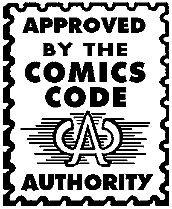
The Comics Code Authority (CCA) was formed in 1954 by the Comics Magazine Association of America as an alternative to government regulation. The CCA enabled comic publishers to self-regulate the content of comic books in the United States. The code was voluntary, as there was no law requiring its use, although some advertisers and retailers looked to it for reassurance. Some publishers including Dell, Western, and Classics Illustrated never used it. Its code, commonly called "the Comics Code", lasted until the early 21st century. The CC formation followed a moral panic centered around a series of Senate hearings and the publication of psychiatrist Fredric Wertham's book Seduction of the Innocent.

Speedy is the name of two DC Comics superheroes that have each served as teenaged sidekicks for the Green Arrow.

Neal Adams was an American comic book artist. He was the co-founder of the graphic design studio Continuity Associates, and was a creators-rights advocate who helped secure a pension and recognition for Superman creators Jerry Siegel and Joe Shuster. During his career, Adams co-created the characters Ra's al Ghul, Man-Bat, and John Stewart for DC Comics.
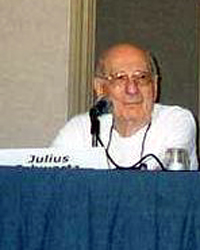
Julius "Julie" Schwartz was an American comic book editor, and a science fiction agent and prominent fan. He was born in The Bronx, New York. He is best known as a longtime editor at DC Comics, where at various times he was primary editor over the company's flagship superheroes, Superman and Batman.

Roy Harper is a superhero appearing in American comic books published by DC Comics. Roy is one of DC's most longstanding characters, originating in 1940s comics as Speedy, the teen sidekick of the superhero Green Arrow. Like his mentor Green Arrow, Roy is a world-class archer and athlete who uses his exceptional marksmanship to fight crime. Along with other prominent DC Comics superhero sidekicks, he goes on to become a core member of the superhero group the Teen Titans. As an adult, Roy casts off his Speedy identity to establish himself as the superhero Arsenal, and later takes on the name Red Arrow to symbolise his coming-of-age and having become an equal of Green Arrow as he joins the Justice League. In addition to continuing to serve on occasion as one of the Titans, Roy has had leading roles in the superhero groups the Seven Soldiers of Victory, the Outsiders, Checkmate, the Justice League, and the Outlaws.
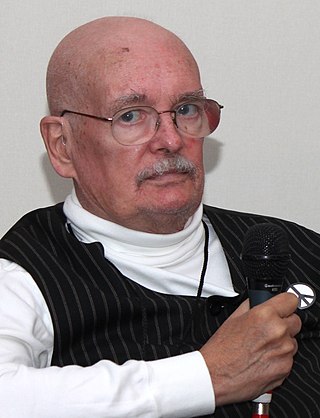
Dennis Joseph O'Neil was an American comic book writer and editor, principally for Marvel Comics and DC Comics from the 1960s through the 1990s, and Group Editor for the Batman family of titles until his retirement.

Mike Grell is an American comic book writer and artist, known for his work on books such as Green Lantern/Green Arrow, The Warlord, and Jon Sable Freelance.
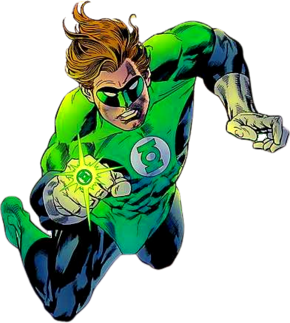
Harold "Hal" Jordan, one of the characters known as Green Lantern, is a superhero appearing in American comic books published by DC Comics. The character was created in 1959 by writer John Broome and artist Gil Kane, and first appeared in Showcase #22. Hal Jordan is a reinvention of the previous Green Lantern who appeared in 1940s comic books as the character Alan Scott.
Earth-One is a name given to two fictional universes that have appeared in American comic book stories published by DC Comics. The first Earth-One was given its name in Justice League of America #21, after The Flash #123 explained how Golden Age (Earth-Two) versions of characters such as the Flash could appear in stories with their Silver Age counterparts. This Earth-One continuity included the DC Silver Age heroes, including the Justice League of America.
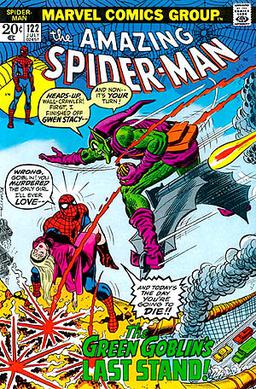
The Bronze Age of Comic Books is an informal name for a period in the history of American superhero comic books usually said to run from 1970 to 1985. It follows the Silver Age of Comic Books and is followed by the Modern Age of Comic Books.

Mia Dearden is a DC Comics superheroine, the second character to take the mantle of Green Arrow's sidekick Speedy. Created by writer Kevin Smith and artist Phil Hester, she first appeared in Green Arrow #2. She is one of the few HIV-positive characters in comic books. In The New 52, a mysterious man is currently searching for Mia.

The Academy of Comic Book Arts (ACBA) was an American professional organization of the 1970s that was designed to be the comic book industry analog of such groups as the Academy of Motion Picture Arts and Sciences. Composed of comic-book professionals and initially formed as an honorary society focused on discussing the comic-book craft and hosting an annual awards banquet, the ACBA evolved into an advocacy organization focused on creators' rights.
This is a list of comics-related events in 1971.

"The Sandman Saga" is a Superman story arc published in 1971 in Superman #233 - 235, #237 - 238 and #240 - 242. This is the first Superman storyline under editor Julius Schwartz and the first Bronze Age-era Superman story.
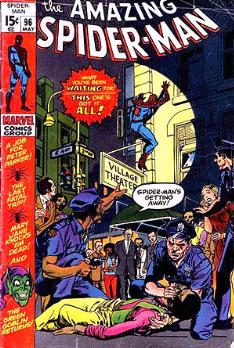
"Green Goblin Reborn!" is a 1971 Marvel Comics story arc which features Spider-Man fighting against his arch enemy Norman Osborn, the Green Goblin. This arc was published in The Amazing Spider-Man #96–98 and was plotted and written by Stan Lee, with art by penciler Gil Kane and inker John Romita Sr. It is recognized as the first mainstream comic publication which portrayed and condemned drug abuse since the formation of the Comics Code Authority, and in time led to the revision of the Code's rigidity.

Green Arrow and Black Canary was a comic book ongoing series published by DC Comics starring superheroes Green Arrow and Black Canary.
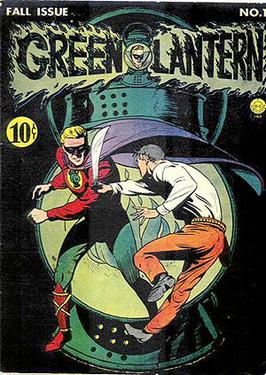
Green Lantern is an ongoing American comic-book series featuring the DC Comics heroes of the same name. The character's first incarnation, Alan Scott, appeared in All-American Comics #16, and was later spun off into the first volume of Green Lantern in 1941. After 38 issues, that series was cancelled in 1949. When the Silver Age Green Lantern, Hal Jordan, was introduced, the character starred in a new volume of Green Lantern starting in 1960.
The Goethe Award, later known as the Comic Fan Art Award, was an American series of comic book fan awards, first presented in 1971 for comics published in 1970. The award originated with the fanzine Newfangles and then shared close ties with The Buyer's Guide to Comics Fandom.

















